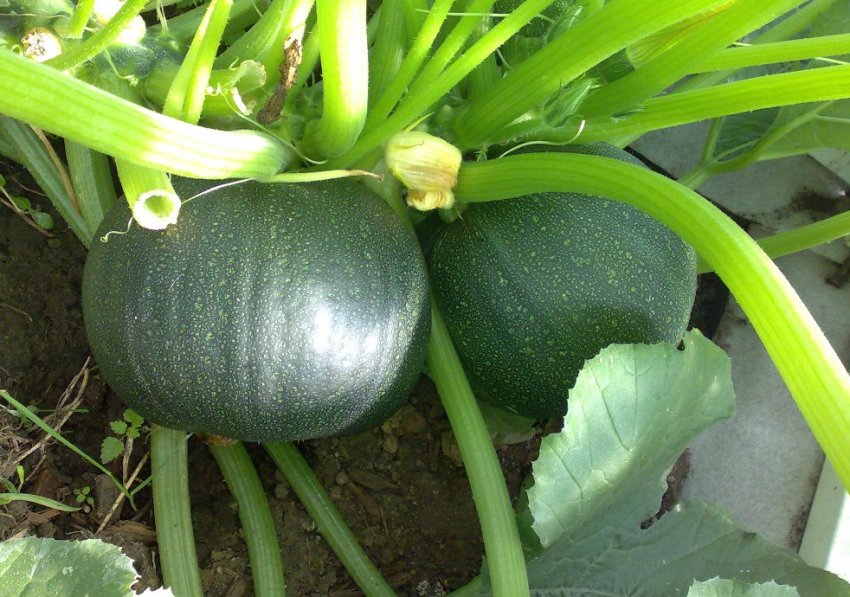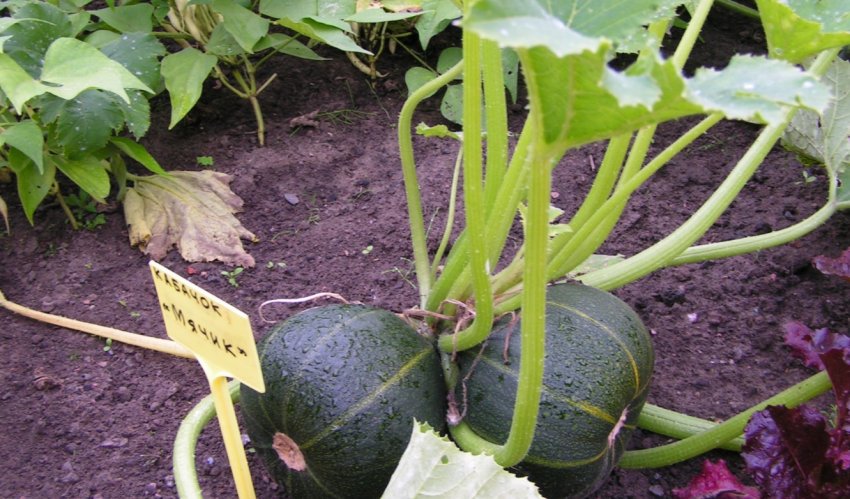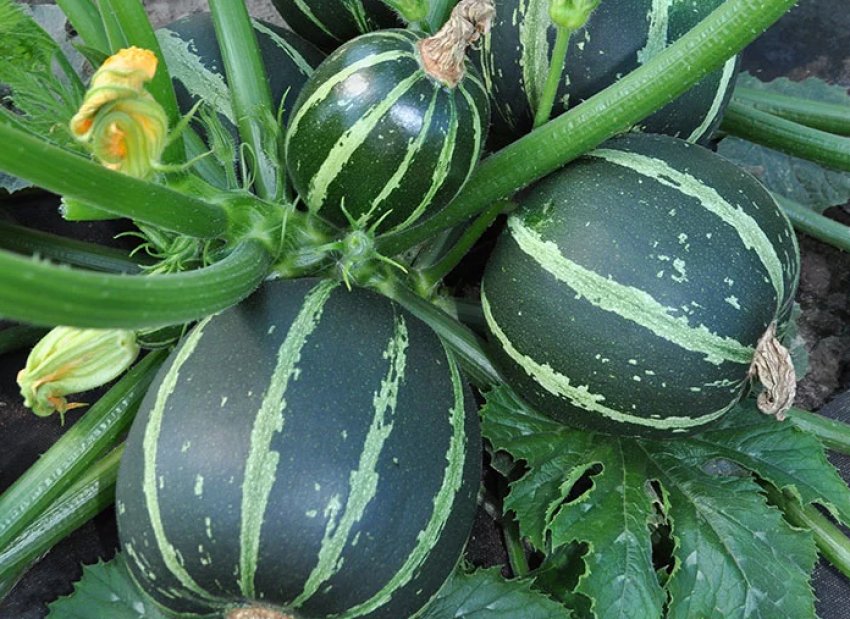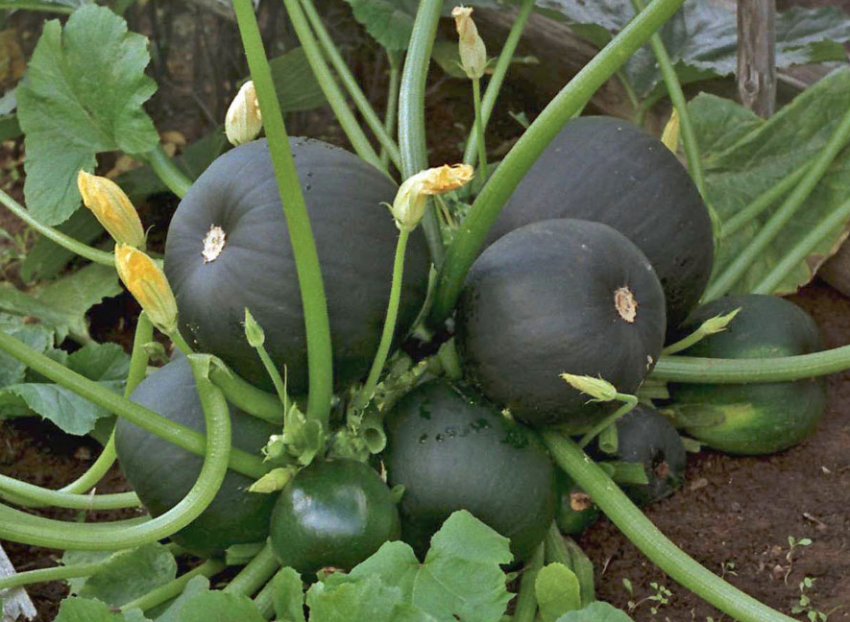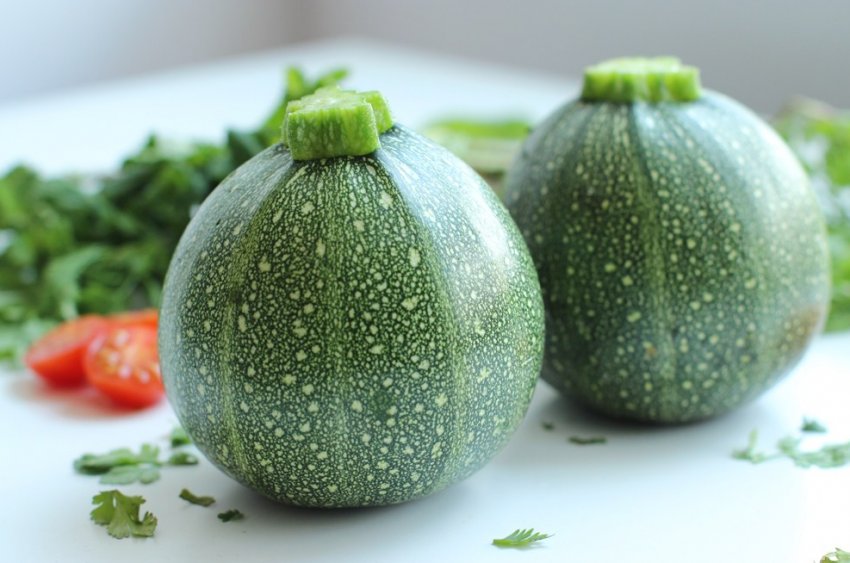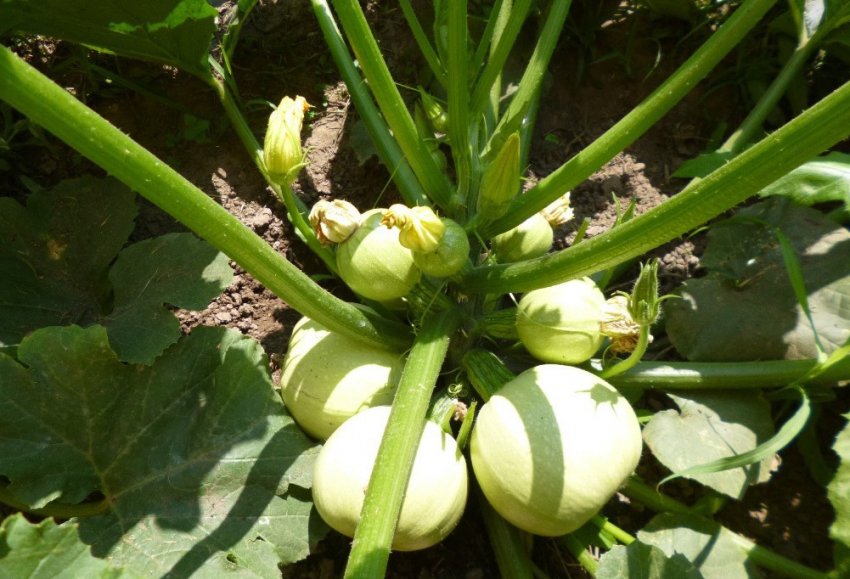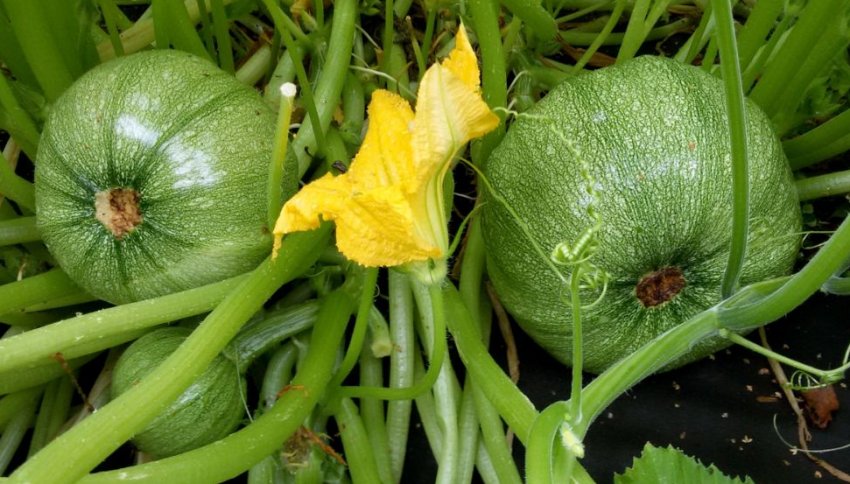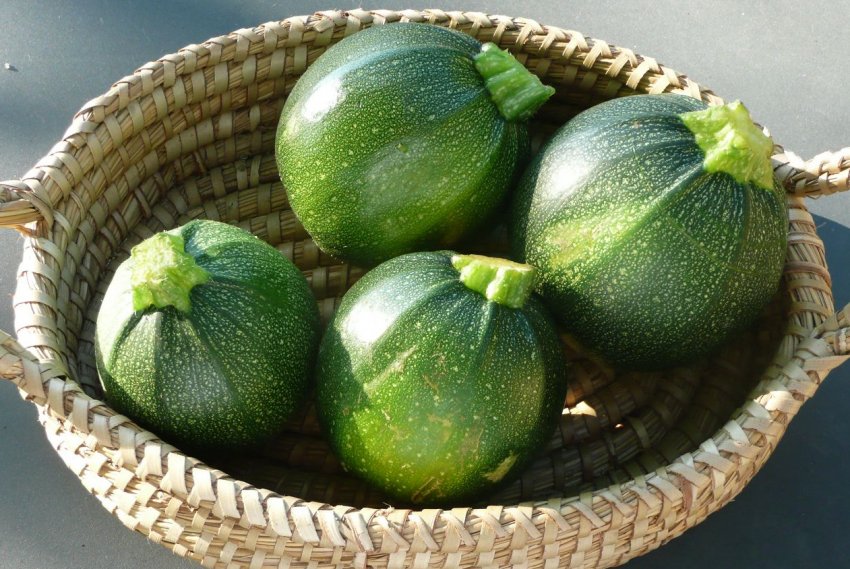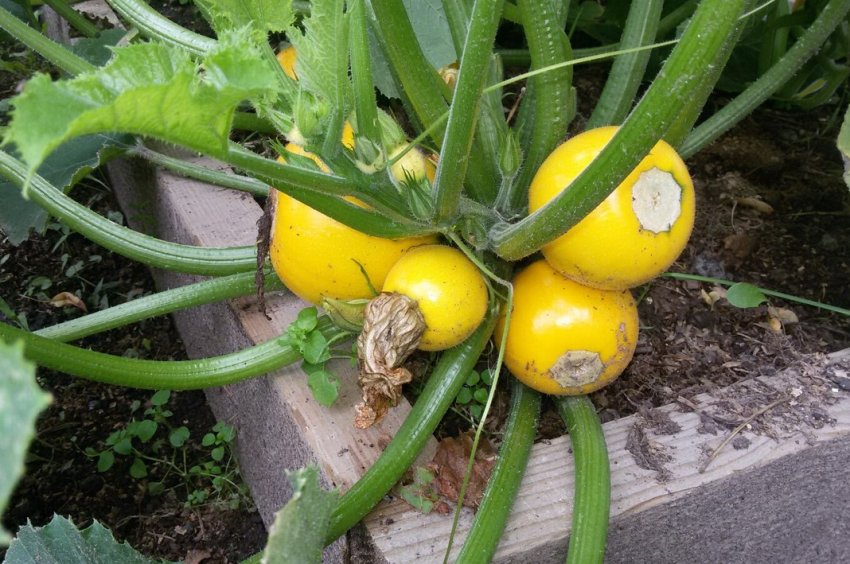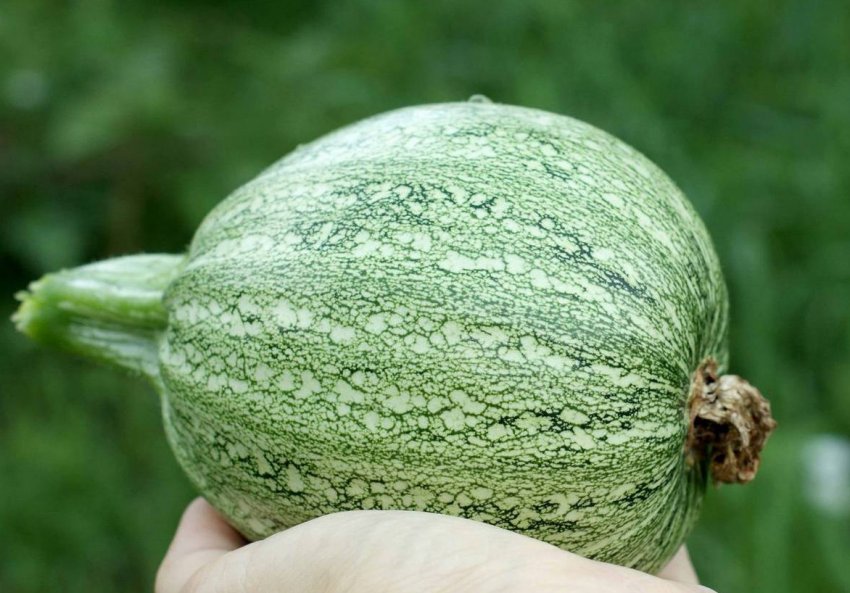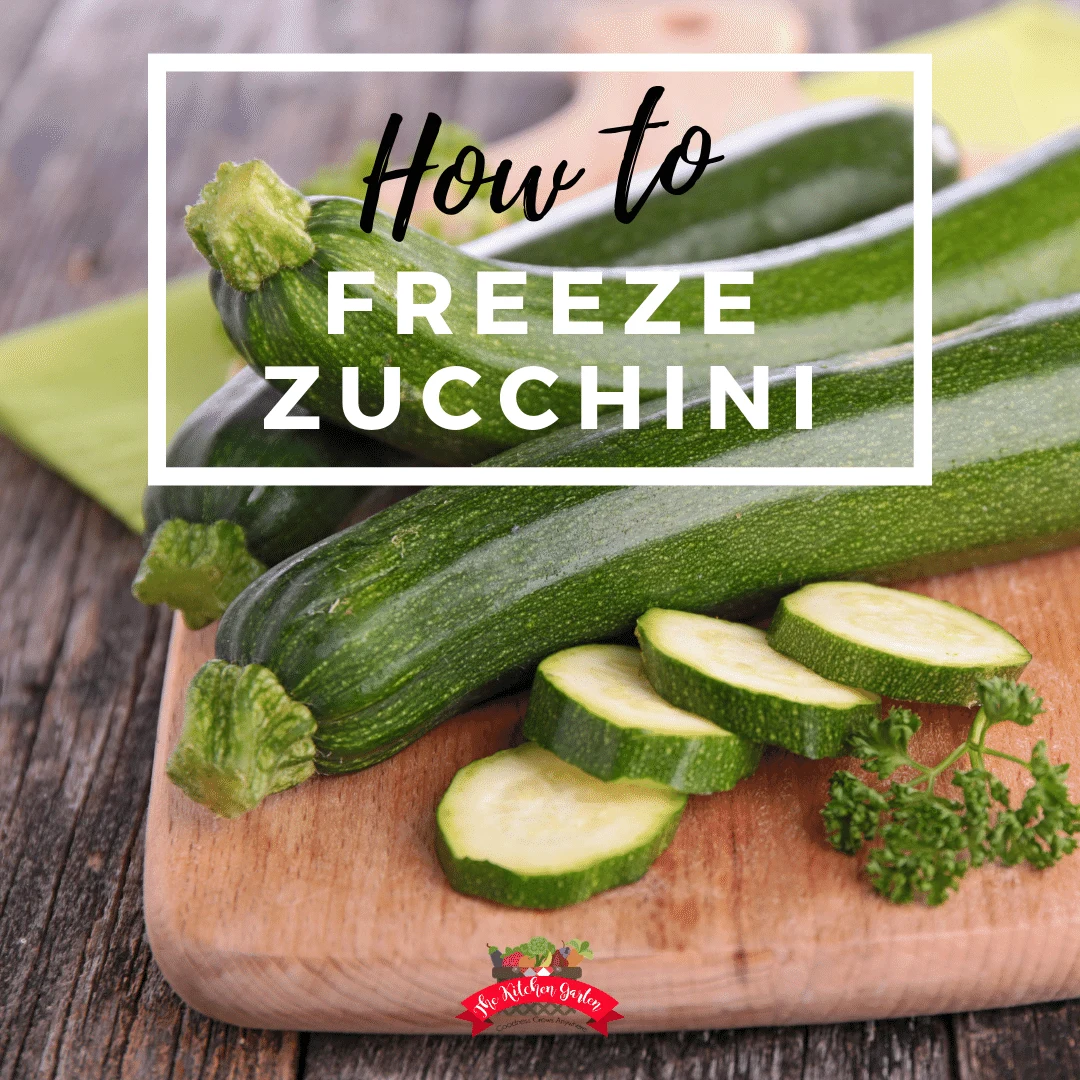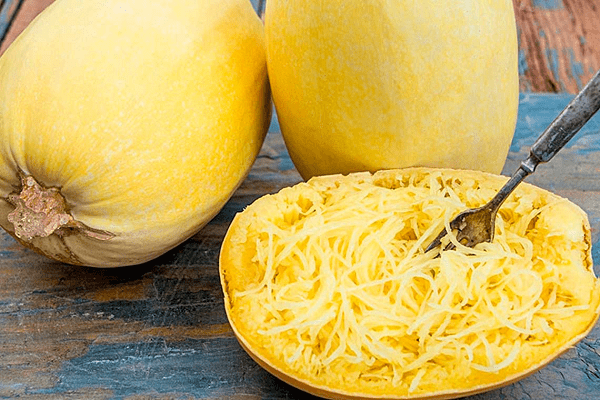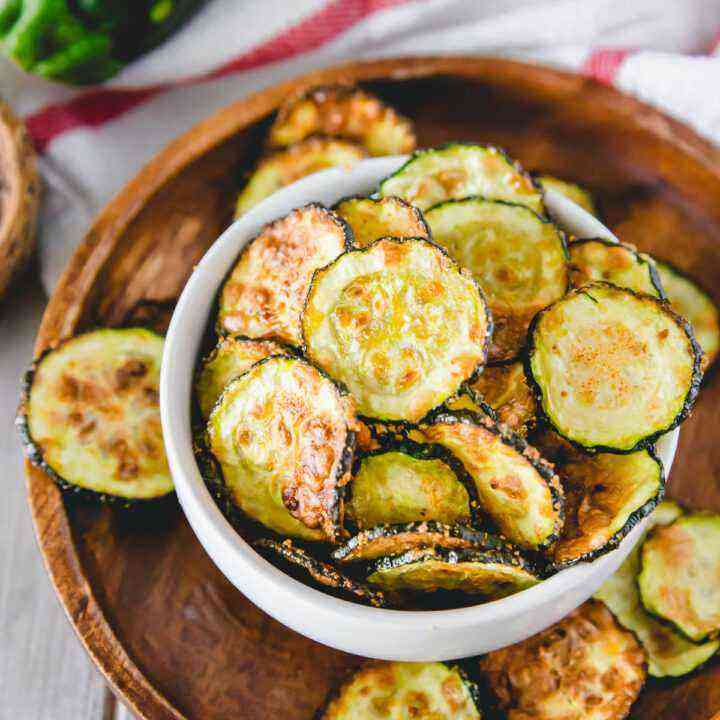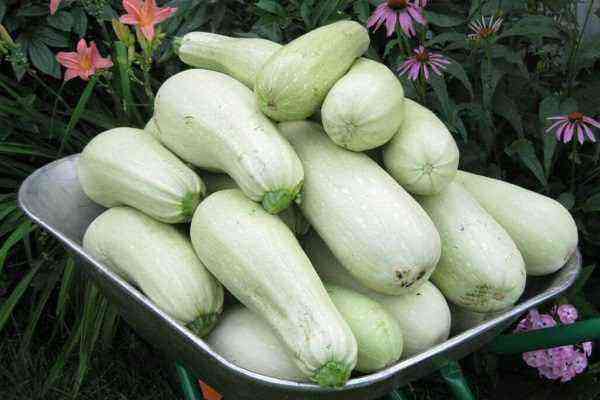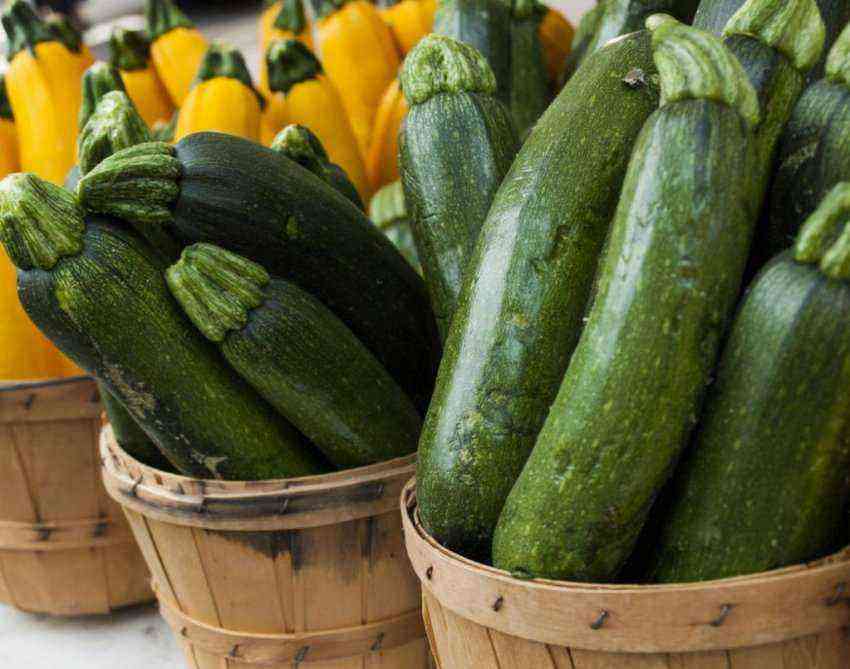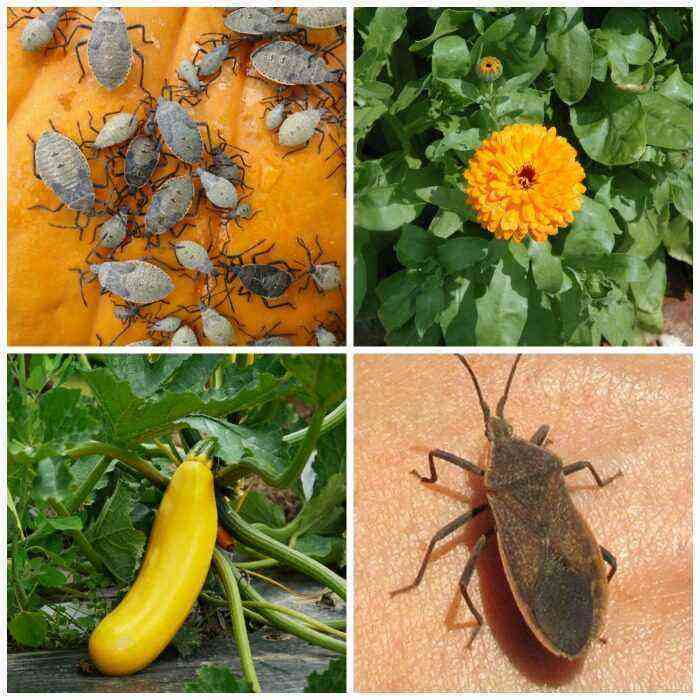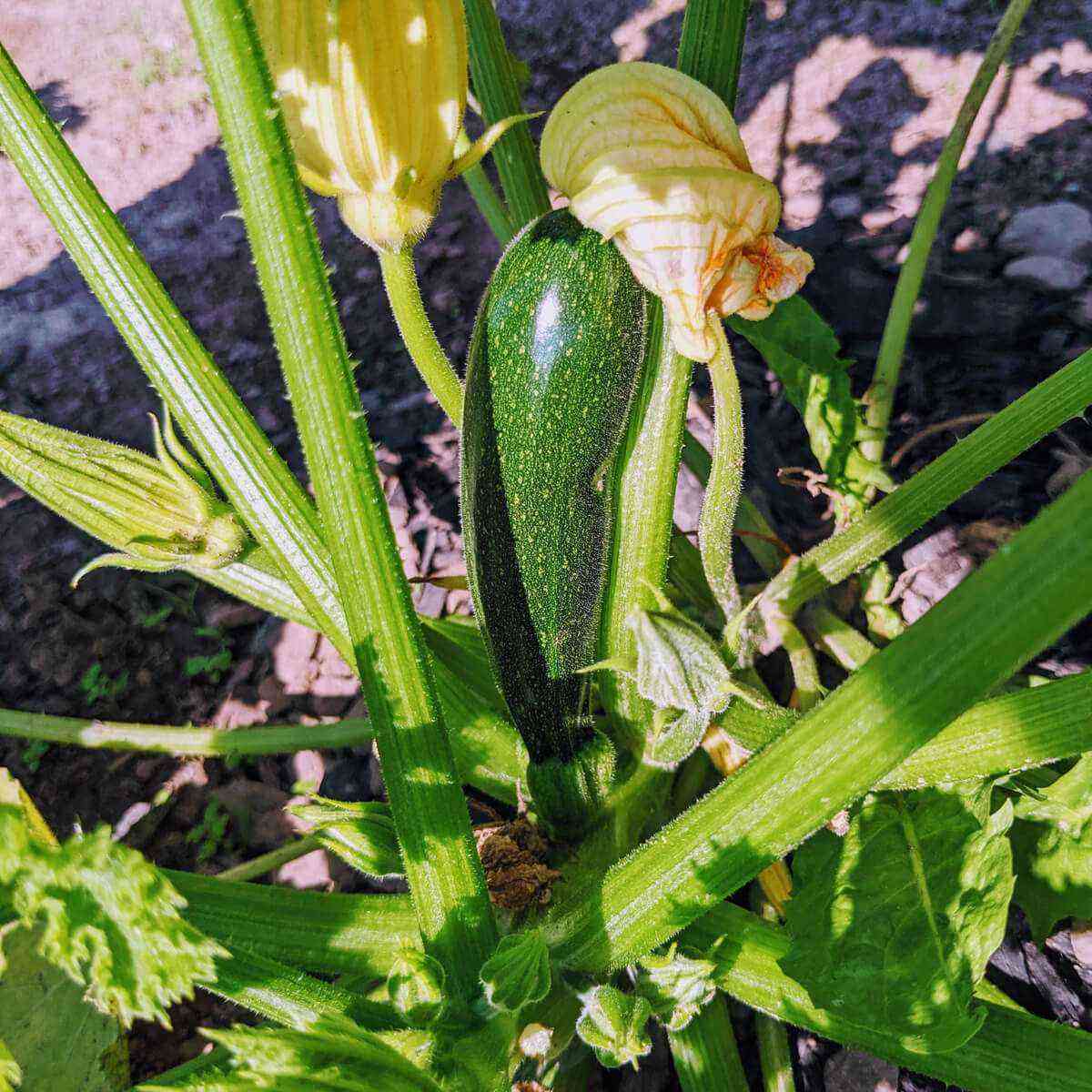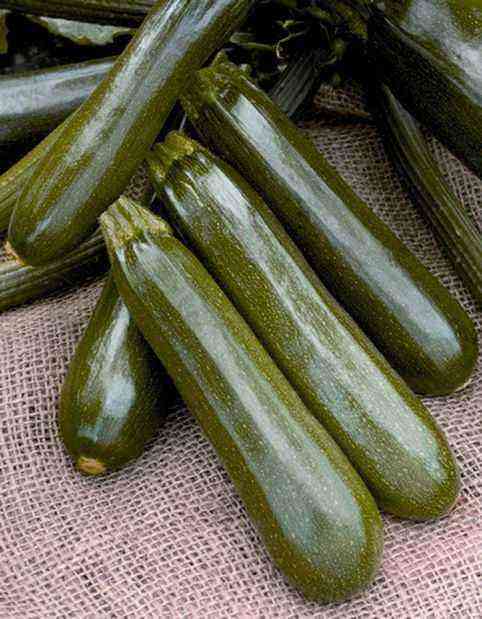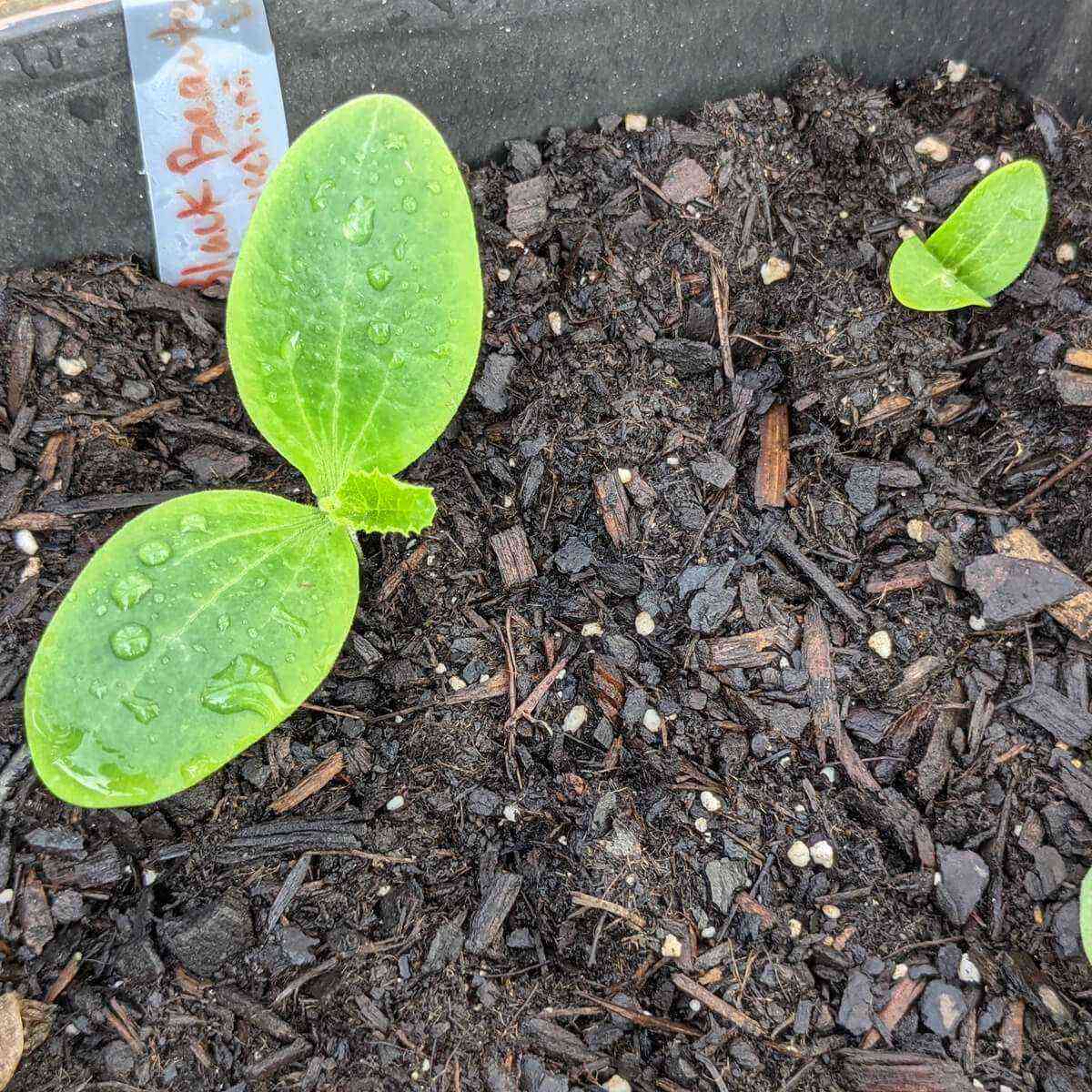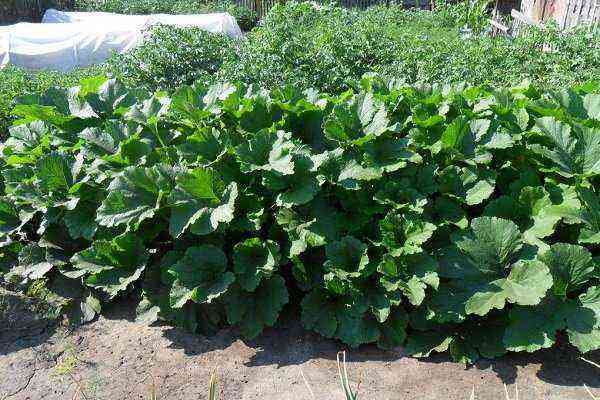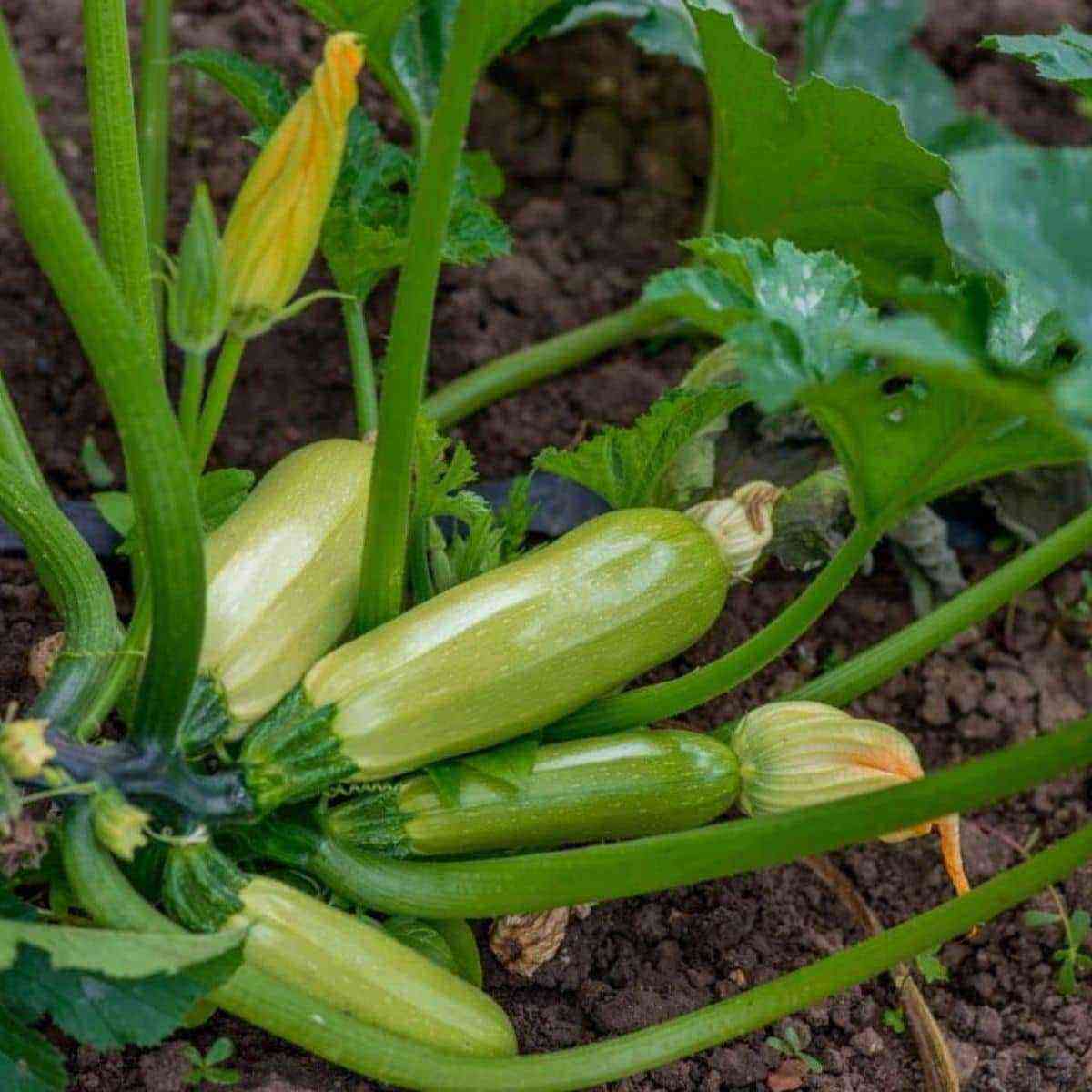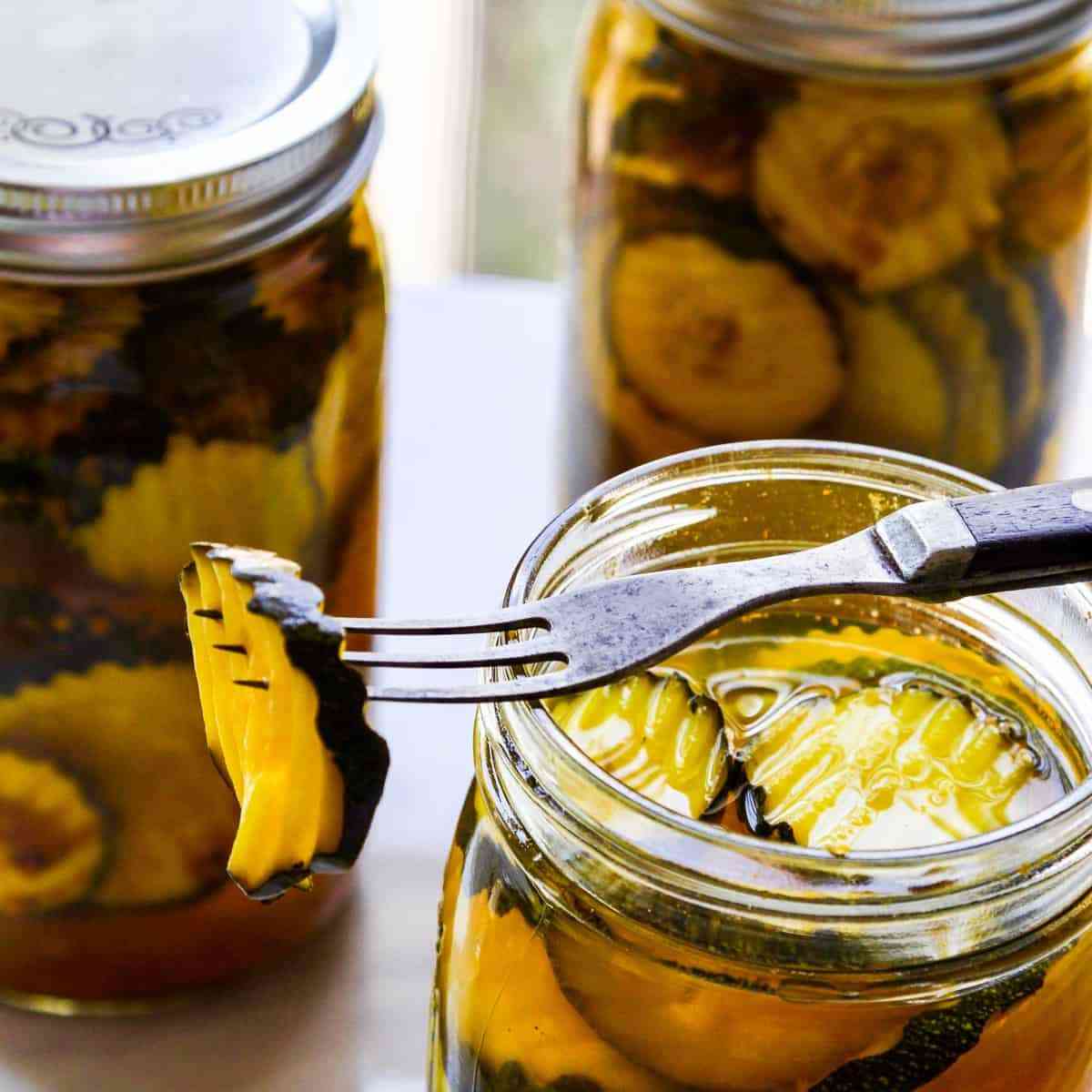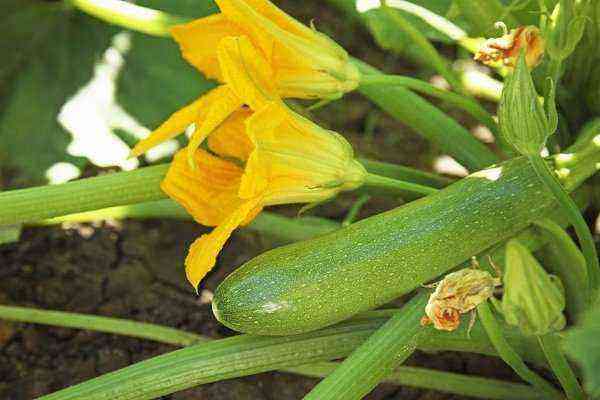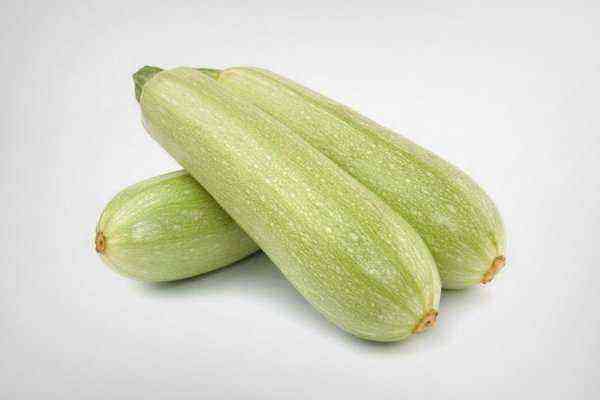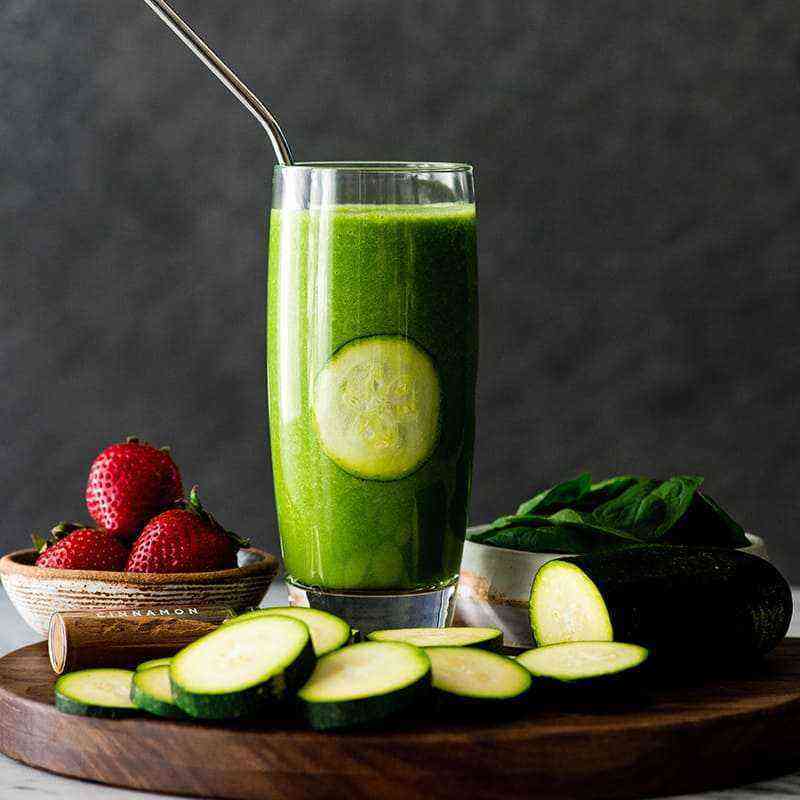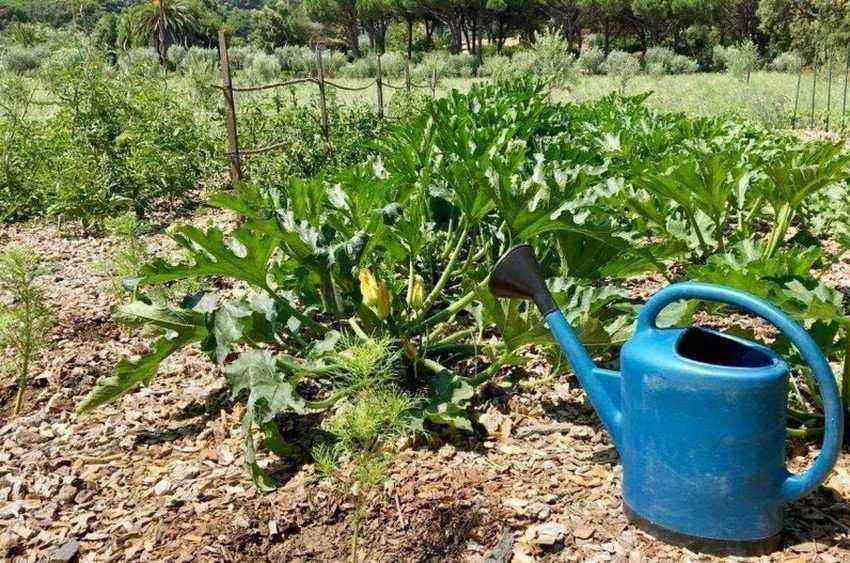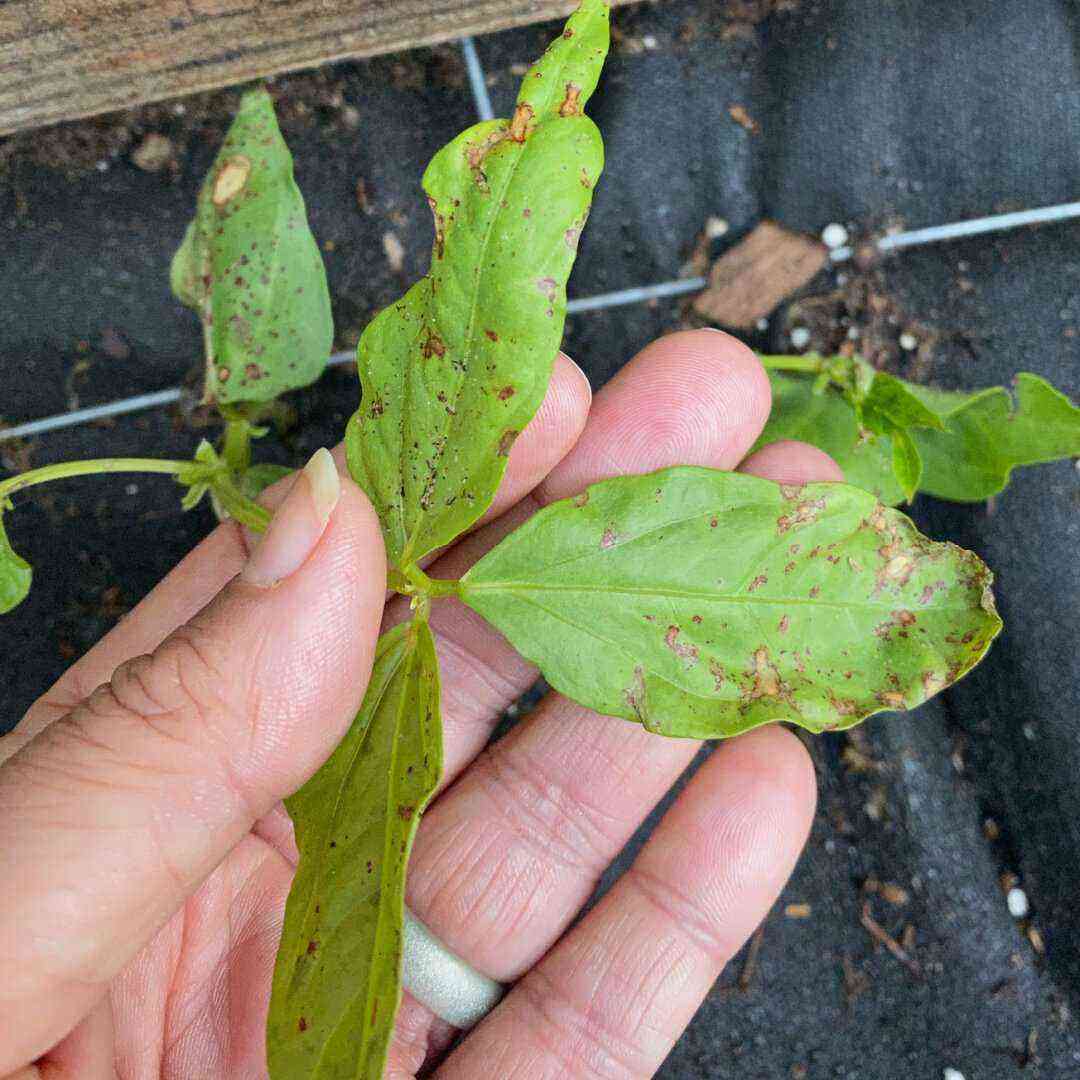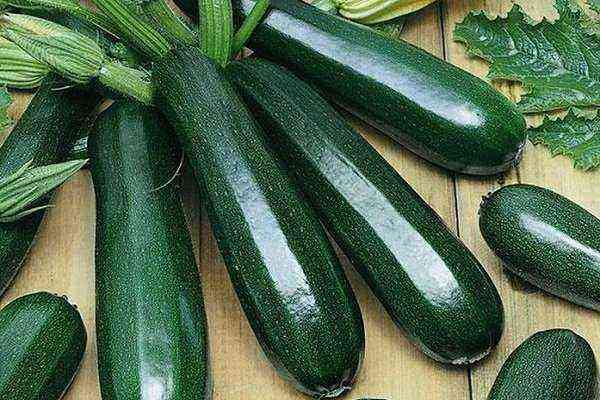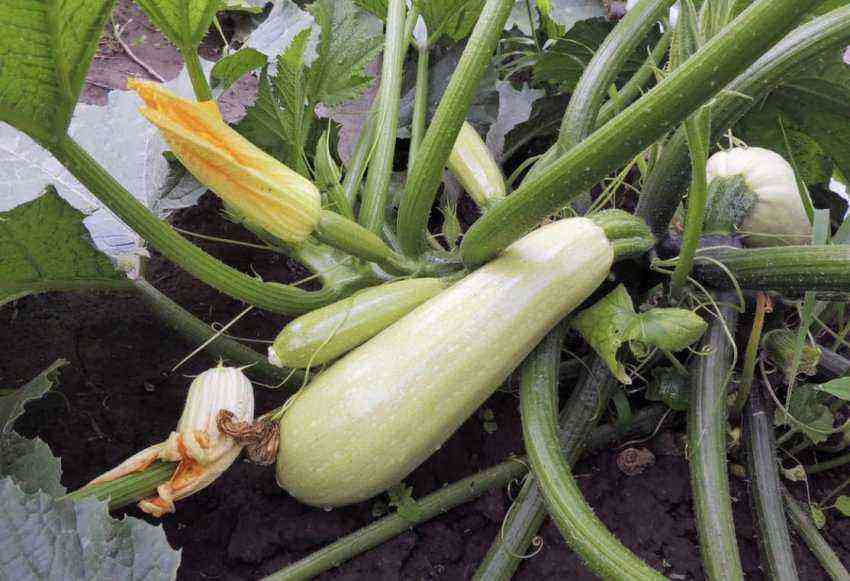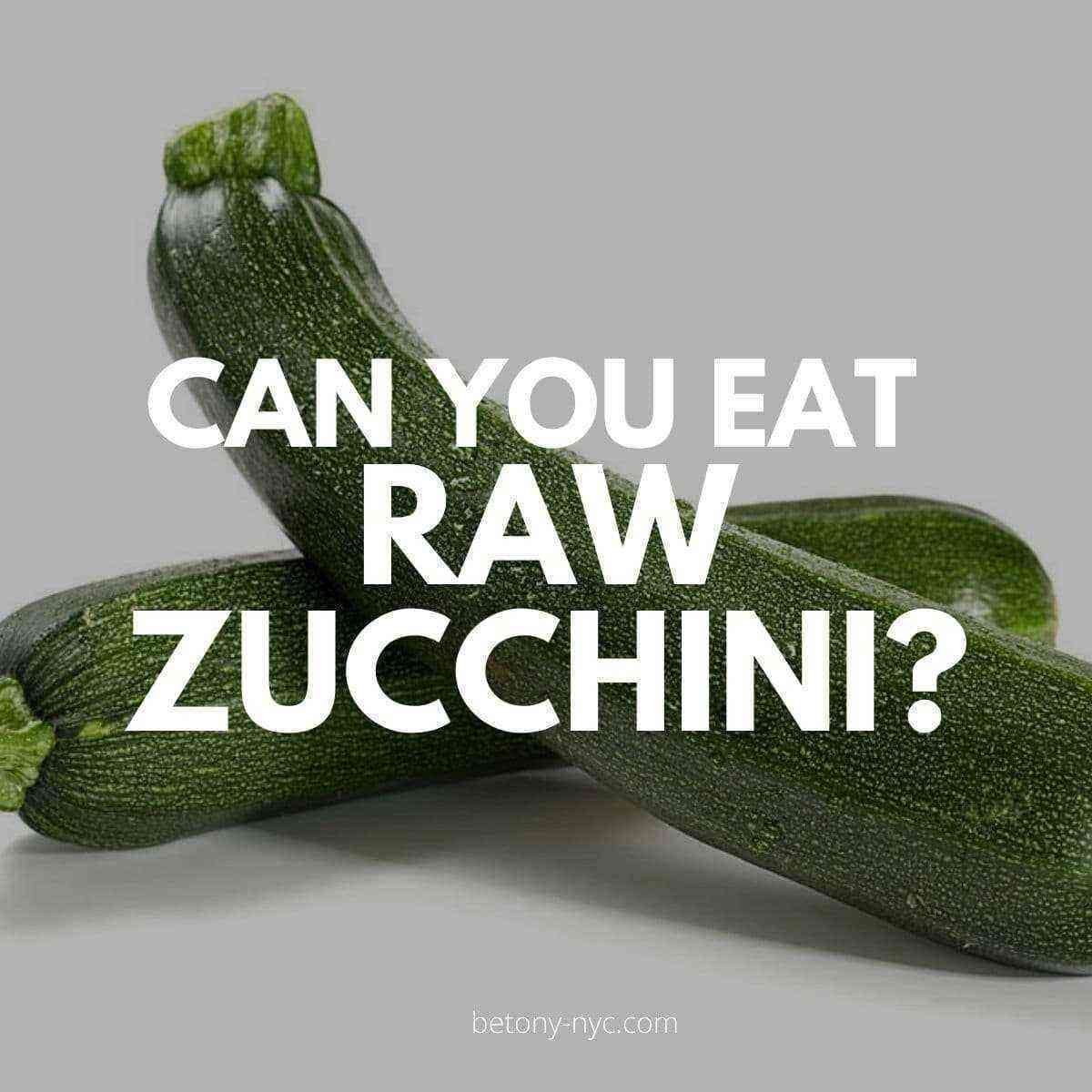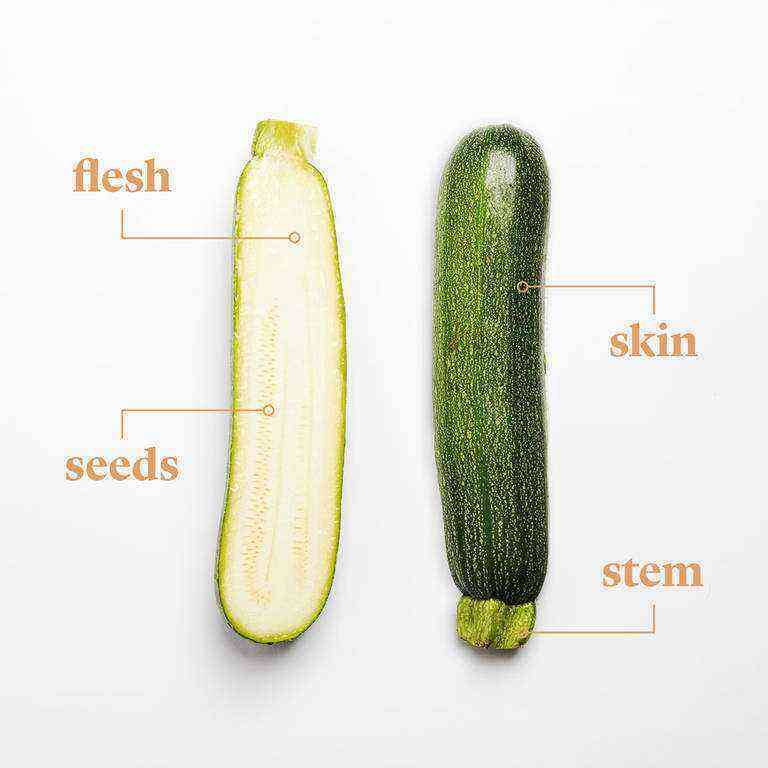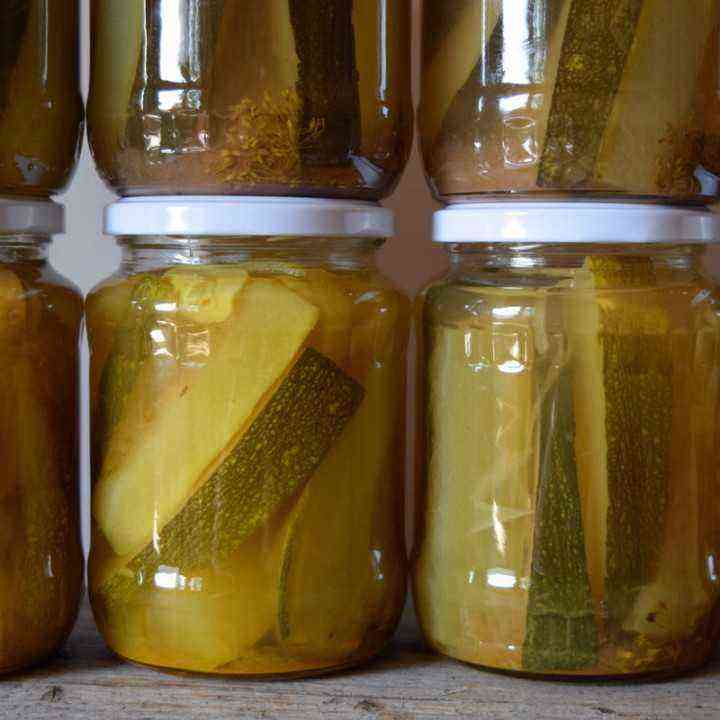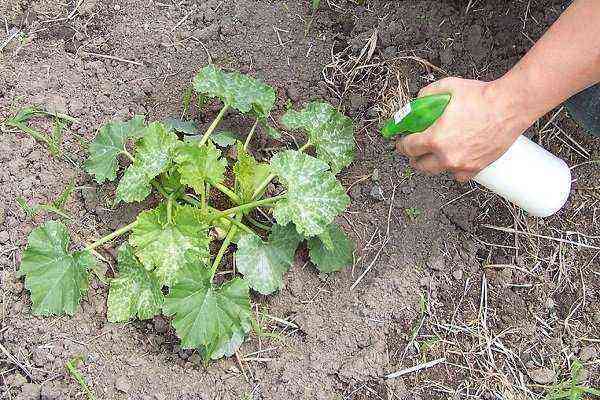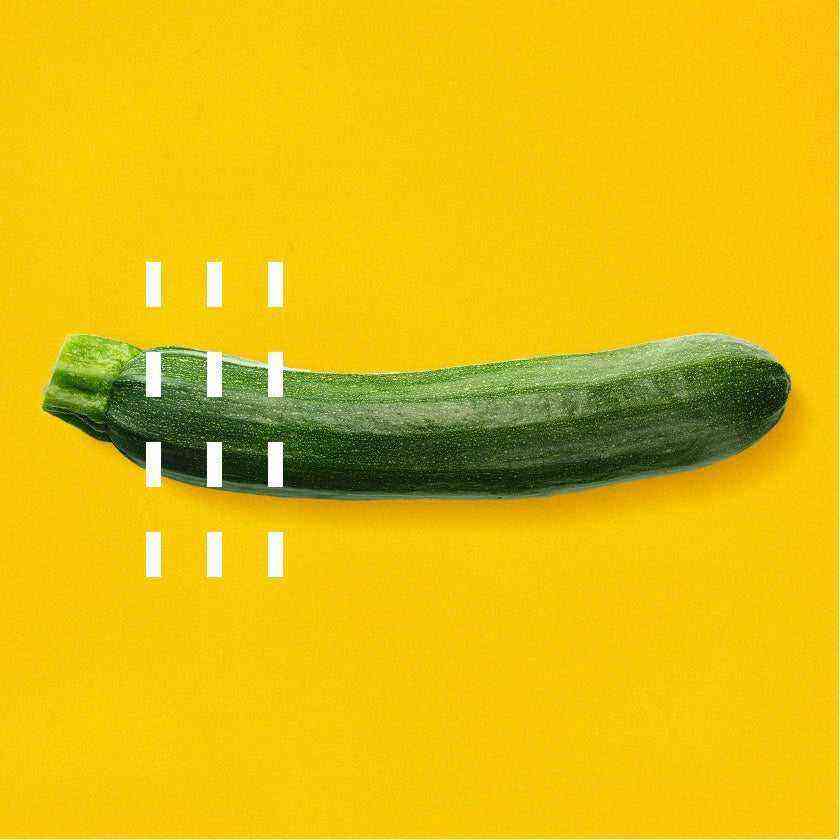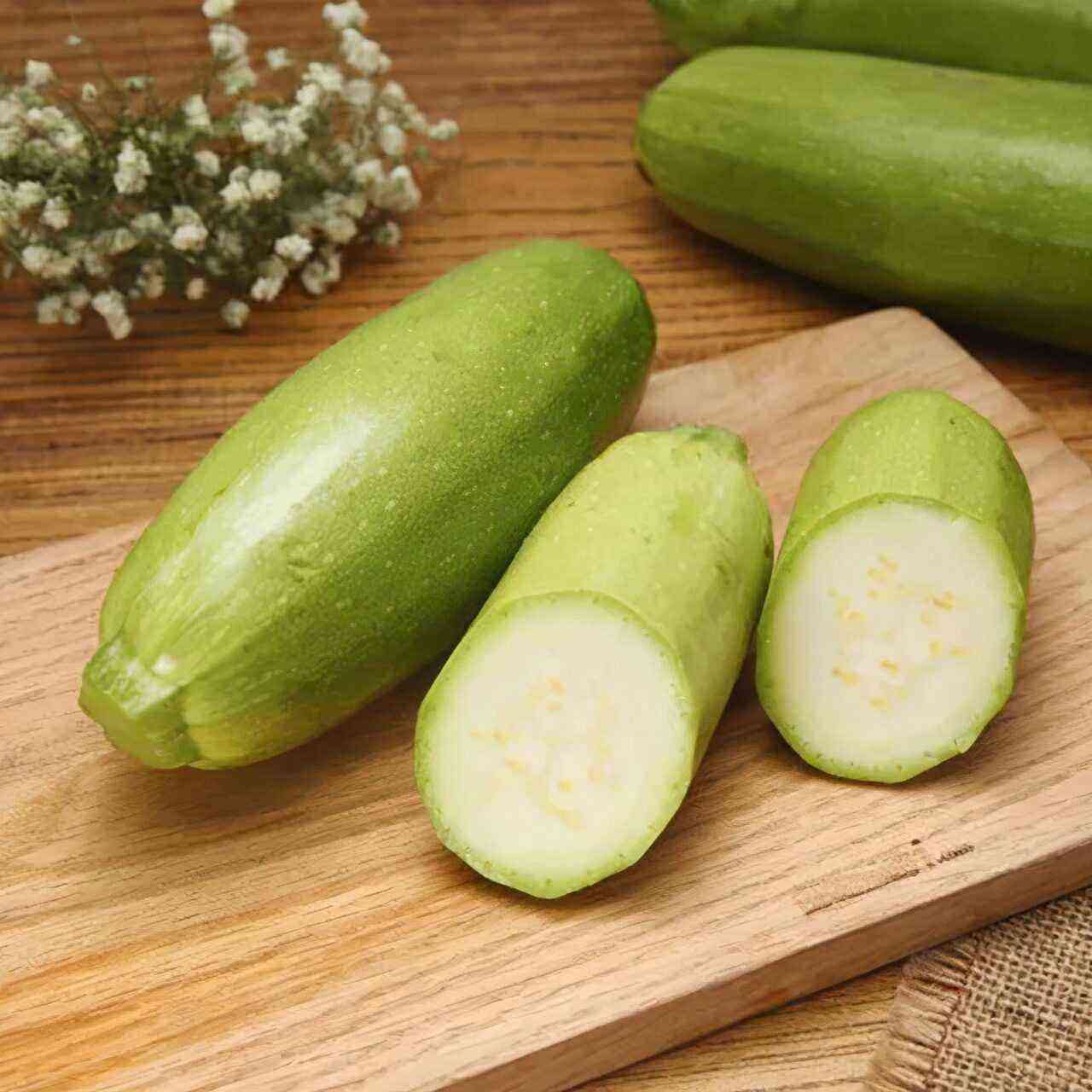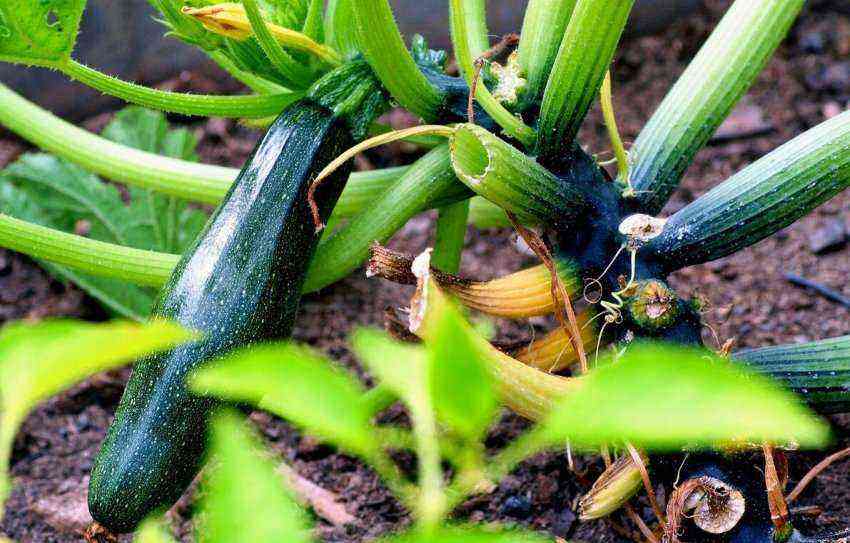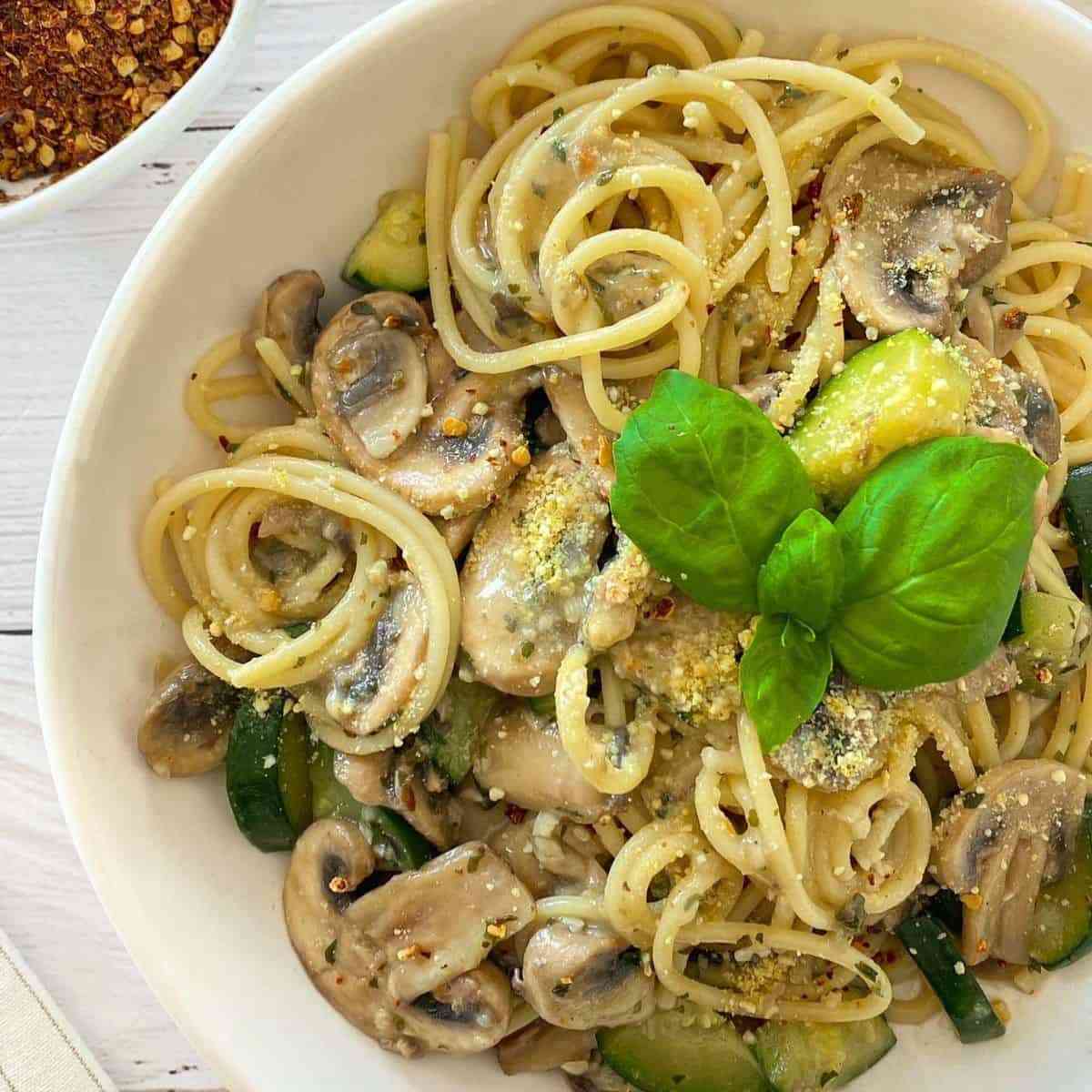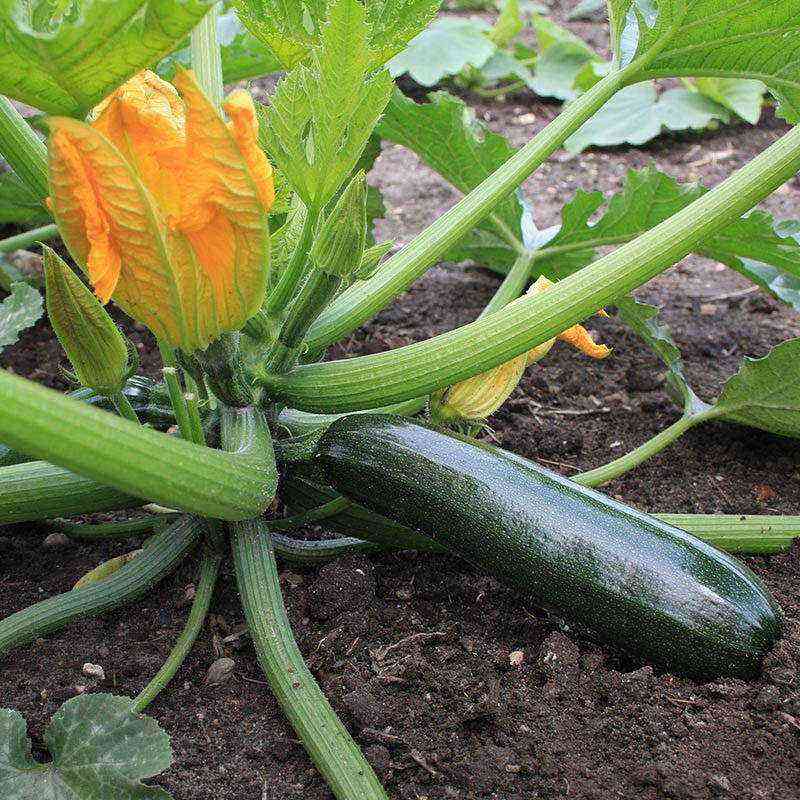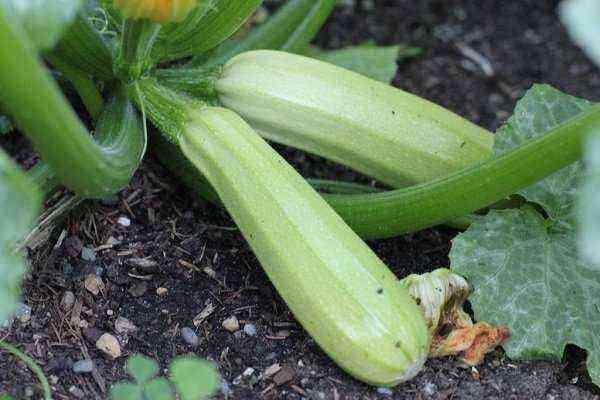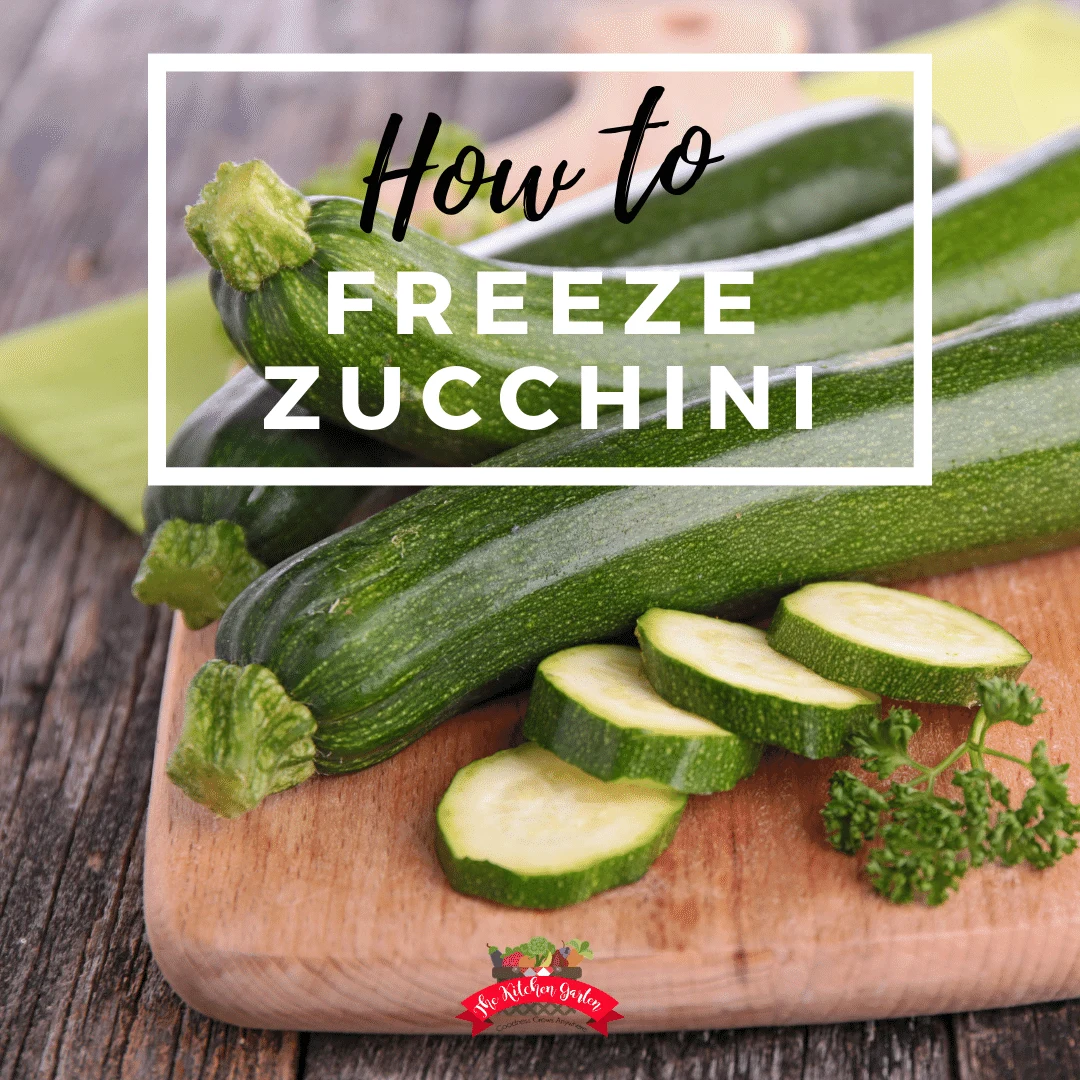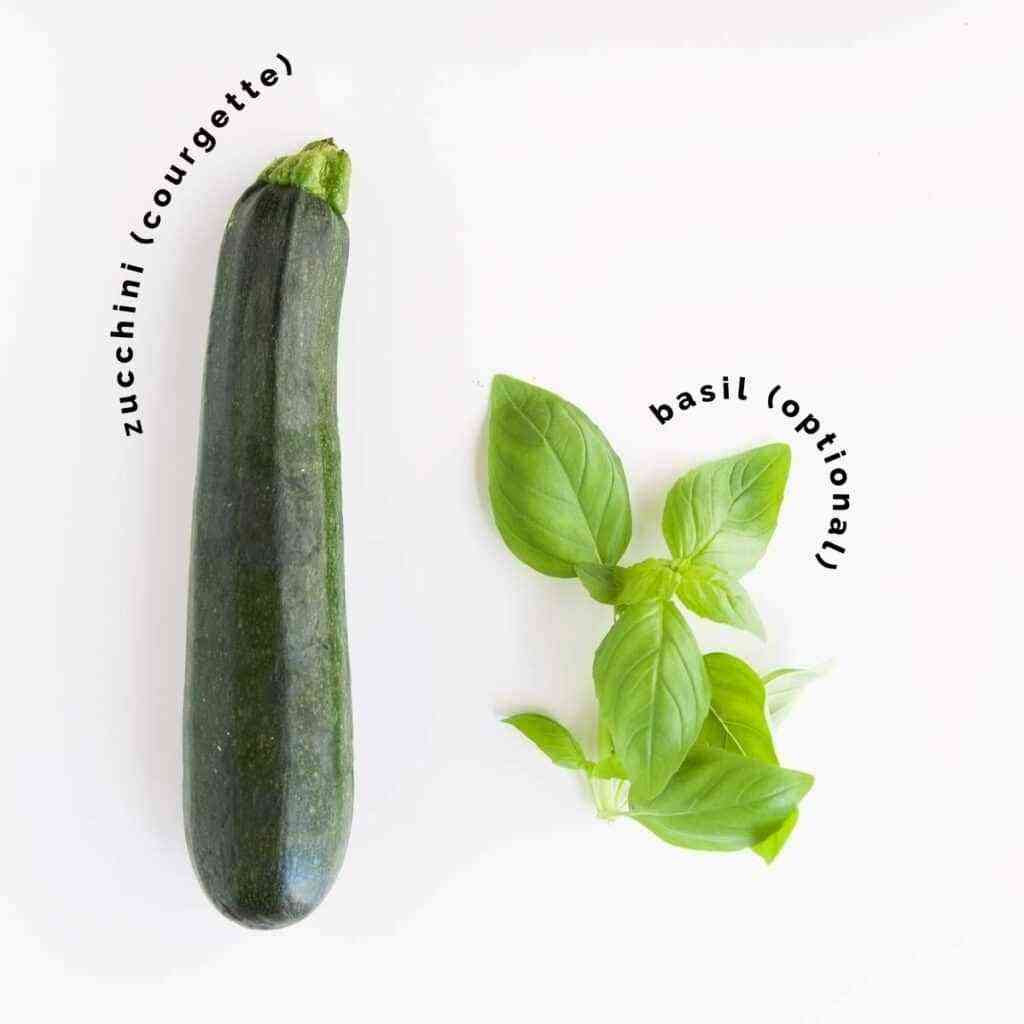One of the most popular vegetables often grown in household garden beds is zucchini. Among the many existing varieties, round zucchini can be distinguished, which are distinguished by especially tasty pulp and attractive appearance. In this article, we will consider their detailed description, cultivation features and care rules, as well as get acquainted with the characteristics of the most popular varieties.
The story of
Zucchini are native to Central America and Mexico. They got to the territory of Europe thanks to the navigator Columbus, who brought them on his ship. After that, plants were grown for three centuries exclusively for decorative purposes in the botanical gardens of Italy. The fruit began to be eaten only in the XNUMXth century. The vegetable came to the territory of modern Russia from Turkey in the XNUMXth century. Fruits with a round shape appeared in our area only a decade ago and have already gained considerable popularity among gardeners.
Did you know? The name “zucchini” comes from the Turkish word kabak, meaning “pumpkin”.
Appearance and size of round zucchini
Zucchini of this species, unlike their oblong counterparts, have a spherical shape. The fruits are covered with a dense skin, which helps to keep them fresh for a long period of time. Different varieties have fruits with different skin colors: green, striped, light, yellow or even orange. In general, round zucchini looks more like a pumpkin. There are varieties with large and small fruits, the weight of vegetables can be from 300 g to 5–6 kg. Round zucchini take root well in various climatic conditions and give a decent harvest.
Palatability
Round zucchini are considered the most delicious and tender. Their flesh is most often light in color, but some varieties may be orange. The fruits are juicy and contain a small amount of seeds, which allows them to be used to prepare a variety of dishes. There are varieties with a characteristic sweetish aftertaste; from such vegetables you can make delicious squash jam for the winter.
Composition and calorie content
Round zucchini have a very useful chemical composition for the human body. They contain vitamins A, B and C, magnesium, calcium, iron and potassium, folic and nicotinic acids, pectin. Vegetables also contain a lot of fiber.
With such a rich vitamin composition, these vegetables belong to low-calorie foods.
The nutritional value of 100 g of fruits is described below:
- proteins – 0,6%;
- fats – 0,3%;
- carbohydrates – 4,6%;
- calorie content – 24 kcal.
Important! Due to the hypoallergenic properties of zucchini, they are recommended to be given to infants as the first complementary foods.
Advantages and disadvantages of round zucchini
The wide popularity of growing round zucchini is due to a number of their positive characteristics.
- The main advantages of vegetables include:
- low calorie content and rich in vitamins;
- attractive fruit shape;
- delicate taste, allowing the use of zucchini in cooking;
- beneficial effect on the digestive system;
- moisturizing effect on the skin;
- the possibility of eating by people with allergic reactions and diabetes;
- the ability to reduce the risk of cancer;
- unpretentiousness of the variety in care and growing conditions.
- Despite the large number of advantages, round zucchini is not without some disadvantages:
- fruits should not be consumed in renal failure;
- raw vegetables are contraindicated in people with high acidity of the stomach;
- Zucchini should not be consumed with an excess of potassium in the blood.
Varietal diversity
Due to their attractive shape, round zucchini become an ornament to both the summer cottage and the festive table. It will not be possible to buy them in a supermarket, since they are grown only in private households. As a result of the research, many varieties of round zucchini were obtained, differing from each other in external characteristics and some features of cultivation. According to the size and weight of the fruit, all varieties are divided into large and small.
Large round zucchini
These include varieties with round and large fruits weighing from 1 to 6–7 kg. They can be eaten raw or cooked from them in a variety of vegetable dishes or preserves. To understand when to pick the fruits, you need to remember that they are most delicious when slightly unripe. When fully ripe, the taste characteristics of their pulp deteriorate slightly. Next, consider the names of the most popular varieties of this type of vegetable, and give their description.
Did you know? The largest zucchini that got into the Guinness Book of Records was grown in 2008 in England and weighed 65 kg!
Ball
The name of the variety comes from its spherical shape, and the bush itself in the garden looks very compact.
Key Features:
- The variety belongs to early ripening and high-yielding.
- The bush is resistant to low air temperatures, has an average immunity to diseases.
- The fruits are covered with a green skin with lighter spots.
- The weight of an average zucchini is from 0,8 to 2,1 kg.
- The pulp is juicy, contains a small amount of seeds.
- Fruits have excellent taste and an attractive trade dress.
Zucchini-watermelon
The vegetable was obtained by crossing zucchini and watermelon, therefore it combines the characteristics of both species.
Its main features are:
- This variety belongs to late-ripening, but gives a high yield – up to 20 fruits from one bush.
- Zucchini looks like watermelons, covered with a thin and durable green peel with light stripes and spots.
- The weight of one fruit can reach 6 kg.
- The flesh is white and juicy, very sweet.
- Fruit seeds are pink or black.
- The fruits of the variety have a long shelf life, their taste characteristics do not deteriorate.
Boatswain
The fruits of this variety have an impressive appearance, and the bush looks sprawling and powerful.
The main features of the Botsman variety are:
- Vegetables are early ripening, their ripening time is up to 1,5 months.
- The fruits have a thin skin of dark green color.
- The weight of one zucchini with good care can reach 3-4 kg. Productivity is high (10 kg/m²).
- The pulp of the fruit is dense, light green in color, has a rich taste.
- The variety has good keeping quality, vegetables can be well stored all winter.
Bourgeois F1
A versatile variety with large bushes that are successfully grown in any region, but require careful care.
Characteristics of zucchini Bourgeois F1:
- The variety is early ripe, the fruits can be harvested 1,5 months after the appearance of the first shoots. Productivity is high – up to 10 kg per 1 m².
- The fruits are large, have a dark green dense peel.
- The weight of one vegetable can reach 3 kg.
- The pulp is dense, in a cut has a light shade. Vegetables taste good.
- Fruits are well stored and transported without losing an attractive trade dress.
Mother-in-law hospitable
These zucchini are characterized by powerful bushes and beautiful large fruits. Sometimes the abbreviated name of the variety is used – Hospitable zucchini.
Type description:
- The variety is early ripe, 1,5 months is enough for the harvest to ripen.
- The yield of the bush is high – up to 12 kg per 1 m². Up to 10 fruits can be formed on one plant at the same time.
- The peel is light green, but in the process of ripening the vegetable changes color to a lighter one.
- The weight of one fruit is 1,5–2,5 kg.
- The flesh of the vegetable is very tender, creamy in color, has a pleasant taste.
- Zucchini perfectly withstand long-term storage, are well transported over long distances.
Sailor
Bushes of this variety, despite the compact appearance, very intensively form new ovaries.
The main features of the Moryachok variety are described below:
- The fruits ripen early, the first harvest can be harvested 35 days after the appearance of the first shoots.
- The variety is resistant to various climatic conditions, so it can be grown in different regions.
- Productivity is high – up to 5 kg per 1 m².
- The skin of the vegetable is light green, with small white spots.
- Fruit weight ranges from 600 to 900 g.
- The pulp is white, very tasty and juicy.
Tondo di Piacenza
The homeland of this variety is Italy, but the plant is successfully grown in any region and does not require specific care.
The main characteristics of zucchini Tondo di Piacenza:
- The variety belongs to early ripening, the first harvest can be harvested in 1,5–2 months.
- When grown outdoors with minimal care, the yield of the bush is high.
- Zucchini is covered with a dark green smooth skin with light patches.
- Vegetables are not very large, can reach 10-12 cm in diameter.
- The pulp is light and tender, juicy.
- The highest taste characteristics are not fully ripened fruits, which can be consumed even raw.
Ronde de Nice
This variety was bred by French breeders. Its peculiarity is that in order to obtain the maximum yield, it is necessary to pick the first fruits from the bush as early as possible.
Description of the variety:
- Refers to early ripening, from seed germination to the ripening of the first harvest, no more than 40 days pass.
- Vegetables are small. Their weight is about 1 kg, and the diameter is up to 15 cm. The yield is high.
- The fruits are covered with a soft and thin skin of a light green hue.
- The flesh is cream colored and contains almost no seeds.
- Slightly unripe vegetables that are used in cooking are considered the most delicious.
small round zucchini
These vegetables are very popular due to their miniature size. Small round fruits become a decorative decoration for a summer cottage, ideal for stuffing and have a very tender and tasty pulp. Let’s get acquainted with the most common varieties of small round zucchini.
Did you know? Vietnamese zucchini can grow up to 2m long and weigh about 150kg!
Orange
Zucchini of this variety decorate the garden plot with a compact bush shape and a decorative look of small fruits.
The main characteristics of the type of Orange:
- The variety is early ripening, you can harvest 40-45 days after planting.
- In appearance, the fruits resemble a small pumpkin, covered with a bright yellow skin with a small green spot near the stalk.
- The yield of a bush is about 4–8 kg per bush, and the diameter of zucchini rarely exceeds 17 cm.
- The flesh of the vegetable is light, contains many seeds.
- Ripe zucchini have a good taste and healthy composition, but when overripe, the volume of the pulp decreases and the taste of the fruit decreases.
- The advantages of the variety include its spectacular appearance and high content of carotene in fruits.
Gingerbread Man
Bushes of this variety grow quite compactly, but require good lighting.
The main characteristics of the Kolobok variety are:
- The fruits are early ripening, ripen 1,5 months after seed germination. The plant is immune to disease.
- In shape, vegetables resemble a small pumpkin, the average weight is about 600–900 g.
- The peel of the fruit is soft, dark green or light in color.
- The pulp is tender, tastes like pumpkin.
- With good care, the yield of the variety is high.
- The fruits can be stored until the onset of winter.
F1 Festival
This variety was obtained by crossing pumpkin and zucchini. The bush looks powerful, and its fruits become the decoration of the garden.
Characteristics of the variety Festival:
- The variety belongs to late-ripening, it is possible to harvest only 2 months after planting.
- The fruits have a rounded, ribbed shape, can reach 15 cm in diameter.
- Harvest is plentiful and can be stored for up to 10 months even at room temperature.
- The rind is covered with green stripes that turn yellow or orange as they ripen.
- The pulp is juicy and tasty, painted in a bright orange color.
- The variety is distinguished by the external beauty of the fruit, but is too sensitive to cold and temperature changes.
Tintoretto
In appearance, the fruits of this variety are very similar to zucchini varieties Myachik, but differ in some characteristics. Italy is the birthplace of the Tintoretto variety.
The main characteristics of plants are:
- The variety is very early, it takes only a little more than a month to ripen the crop.
- When growing this variety, it does not matter if there are spring frosts in the region, since the bush is resistant to cold.
- The fruits are small, their weight is from 0,6 to 2,2 kg. The yield is good – up to 10 kg per 1 m².
- Zucchini is covered with a smooth skin, the color of which changes from light green to yellow during the ripening of the vegetable.
- The pulp of the fruit is juicy, sweet and tender. It has a light shade and contains large seeds.
- The advantages of the variety are its good transportability and excellent keeping quality.
Tondo
The bush of this variety is compactly located in the garden and resembles a small green watermelon.
Important! Due to the miniature size of the fruit, the Tondo variety is convenient for canning.
The description of the plant is given below:
- Variety Tondo refers to early maturing, zucchini ripen 55 days after planting.
- The fruits are spherical in shape, their diameter is 10–15 cm.
- The weight of one zucchini does not exceed 500–600 g. About 1–4 kg of vegetables can be harvested from 5,5 m².
- The skin is smooth and thin, dark green in color.
- The pulp of the fruit is very tender and tasty, there are almost no seeds.
- Even if overripe, the vegetable does not lose its excellent taste characteristics.
Cultivation and care
Round zucchini are usually not too whimsical to care for, but they need good lighting and love warmth. Subject to all the nuances of agricultural technology, even a novice gardener can grow them on the site. Planting a plant in open ground is carried out by seed or seedling method. At the same time, it is necessary to properly prepare the soil, and plant seeds and seedlings according to certain rules. Consider these stages of growing a plant in more detail.
Important! The most tender pulp is possessed by small zucchini, weighing about 300–November 400, XNUMX
Soil preparation
The success of growing this variety largely depends on the correct preparation of the soil. For the best result, you can buy ready-made soil for zucchini in the store.
And you can cook it yourself, using an equal amount of these components:
- sod land;
- peat;
- manure or humus;
- rotted sawdust;
- coarse sand.
If the planting of vegetables will be carried out in seedlings, then the soil for growing seedlings must be frozen for 1–2 months. To do this, it can be taken out to the balcony or veranda. 7 days before planting seeds for seedlings, the soil must be placed in a warm room so that it thaws.
When growing round zucchini by seed, the land on the site also needs to be prepared in advance:
- In autumn and spring, you need to dig a garden.
- Fertilize twice with humus or any complex fertilizer.
- If the soil on the site has an increased level of acidity, then it is recommended to add lime before the onset of winter.
- To disinfect the soil before planting, it is watered with a weak solution of potassium permanganate.
Did you know? Due to the nutritional properties of squash juice, it is used in the manufacture of tonic face masks.
Planting from seeds
Sowing seeds of round zucchini in open ground is carried out after the ground in the area warms up to a temperature of + 12 ° C at a depth of at least 10 cm. Thus, the planting dates for vegetables in this case fall at the end of May or the beginning of June.
Step by step instructions are described below:
- Make small holes 3-5 cm deep on the surface of the soil. The distance between rows and adjacent holes should be at least 80 cm.
- Divide flat zucchini seeds into wells. You can not dig them too deep into the ground, because in this case they will not germinate.
- Sprinkle each hole with earth and water a little.
- The first shoots appear about a week after planting. After that, the soil around them must be periodically loosened and timely watering of the plants should be carried out.
Video: planting zucchini seeds
Planting seedlings
Growing seedlings of round zucchini at room conditions will have a positive effect on the ripening of vegetables and will allow you to get an early harvest. But fruits grown from seedlings cannot be stored for a long time and quickly deteriorate, so this method of growing is used only when the vegetables are planned to be used immediately after ripening. Young seedlings of zucchini are grown at room conditions from seeds. Sowing seeds for seedlings is carried out in April.
Step-by-step instructions for planting round zucchini in seedlings are presented below:
- For each seedling bush, it is recommended to take a separate small container. Lay a layer of sphagnum on the bottom for drainage, then fill the container with prepared soil.
- Deepen the planting material into the soil by 4 cm. 2 seeds can be planted in each container to increase the likelihood of germination.
- Sprinkle the soil with seeds with water, cover the container with a film and place in a well-lit, warm place for germination.
- After the appearance of sprouts, the film can be removed, and the container kept in a well-lit place. This will encourage seedling growth.
- If 2 sprouts have grown in one container, then one of them is recommended to be removed. Seedlings should be watered once a week with water at room temperature.
- Planting seedlings in open ground is carried out after the appearance of a pair of green leaves on them and provided that there are no night frosts on the soil surface.
- Planting sprouts in open ground is carried out in the evening or in cloudy weather so that it does not wither under the bright sun.
- Small holes are made in the soil, watered with water.
- The seedling is removed from the container along with the earthy clod and placed in the hole. Sprinkle the roots with earth and lightly tamp it around the seedling.
- So that the young sprouts do not freeze, they are covered with a film for the first few days. During the day, the shelter can be raised if the weather is quite hot.
Video: planting seedlings of zucchini
Irrigation scheme
Round squash needs a lot of water to grow well, but the plant tolerates a lack of moisture better than an excess of it.
When watering plants, the following recommendations should be followed:
- watering is carried out in the evening, 1 or 2 times a week, depending on weather conditions;
- 10-12 liters of water are spent on one bush;
- for irrigation, you can use settled water with a temperature of at least + 22 ° C;
- water the bushes under the root so that water does not fall on the foliage and inflorescences;
- after watering the ground around the bush, it is recommended to loosen a little.
Important! Waterlogging the soil around the bushes can lead to rotting of the root system.
Round zucchini have a number of positive characteristics and are unpretentious in care, so they are often grown in summer cottages. The variety of varieties allows you to choose a vegetable to your taste, and following the growing recommendations described will help you get a bountiful harvest.
